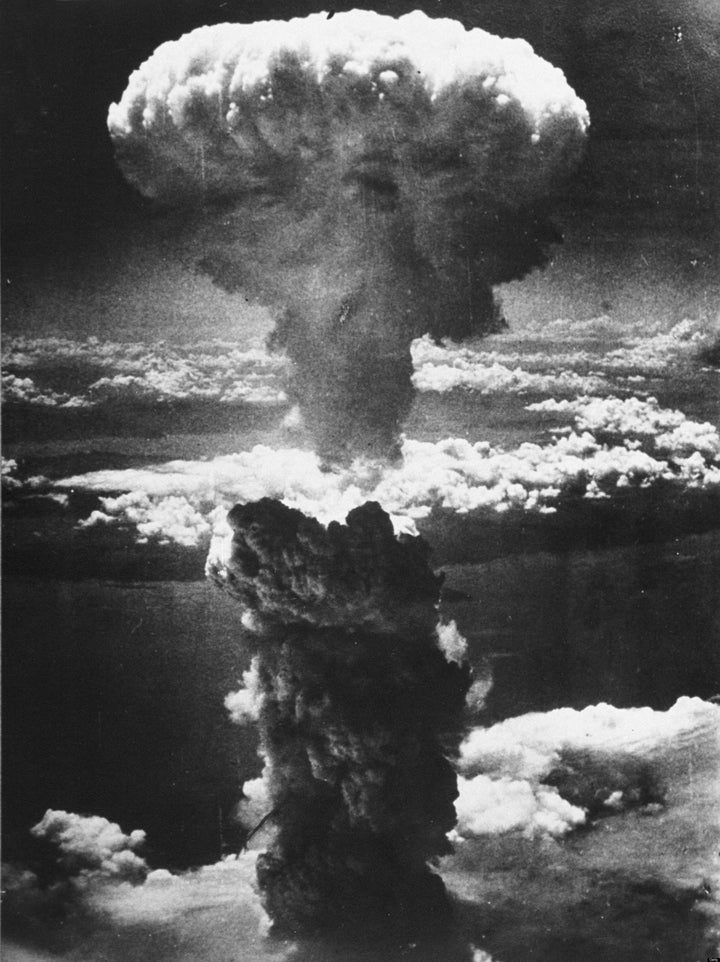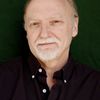
Sixty-six years ago, on August 5 (U.S. time) and August 6 (in Japan), the Nuclear Age began with a tragic bang, with the killing of over 100,000 people in Hiroshima, the vast majority women and children. Decades of a costly nuclear arms race followed. Nuclear power plants sprouted around the globe, as did the harmful effects of radiation on workers and soldiers exposed to bomb tests. Threats to use nuclear weapons (from world leaders or single terrorists) continue to this day, and America's "first-use" policy remains in effects.
At the end of July and early August, U.S. policymakers and President Truman made fateful decisions that meant the use of two atomic bombs against Japanese cities was almost inevitable -- virtually unstoppable. Then film footage and other evidence of the true effects of the bomb were suppressed for decades. We've been living with the nuclear after-effects ever since, from Hiroshima to Fukushima.
Related to publication of my new book and e-book Atomic Cover-up, on that film's suppression, I have been offering a daily record of what transpired leading up the bombing of Hiroshima and Nagasaki in 1945. (For more, including video of some of the suppressed footage, see my personal blog. Email: epic1934@aol.com)
On this day in 1945:
-- Pilot Paul Tibbets formally named the lead plane in the mission, #82, after his mother, Enola Gay. A B-29 that would take photos on the mission would later be named Necessary Evil.
-- Ten crew members of a U.S. plane shot down by the Japanese yesterday arrived... in Hiroshima. At least 23 Americans POWs were held in Hiroshima, and soon about a dozen would be dead. The news would be kept from the families and the American public for decades.
-- Pentagon summary based on "MAGIC" cables finds several intercepted messages from Sato, Japan's ambassador to Moscow, who conveyed his despair and exasperation over what he saw as Tokyo's inability to develop terms for ending the war: "[I]f the Government and the Military dilly-dally in bringing this resolution to fruition, then all Japan will be reduced to ashes."
-- The Soviets are two days from declaring war on Japan and marching across Manchuria. (See new evidence that it was the Soviet entry into the war, not the atomic bombing, that was the decisive factor in sparking rapid Japanese surrender.)
-- On Tinian, Little Boy is ready to go, awaiting word on weather, with General Curtis LeMay to make the call. At 3:30 p.m., in an air-conditioned bomb assembly hut, the five-ton bomb was loaded (gently) on to a trailer. Crew members scribbled words onto the bomb in crayon, including off-color greetings for the Japanese. Pulled by a tractor, accompanied by a convoy of jeeps and other vehicles, the new weapon arrived at the North Field and lowered into the bomb pit.
-- The bomb was still not armed. The man who would do, before takeoff, according to plan, was xxx Parsons. But he had other ideas, fearing that the extra-heavy B-29 might crash on takeoff and taking with it "half the island." He asked if he could arm the bomb in flight, and spent a few hours -- on a hot and muggy August day -- practicing before getting the okay.
-- PIlot Tibbets tried to nap, without much success. Then, in the assembly hall just before midnight he told the crew, that the new bomb was "very powerful" but he did not mention the words nuclear, atomic or radiation. He called forward a Protestant chaplain who delivered a prayer he'd written for this occasion on the back of an envelope. It asked God to "to be with those who brave the heights of Thy heaven and who carry the battle to our enemies."
-- The Enola Gay would take to the care about 2:30 a.m. on August 6 in the Pacific, but mid-afternoon of August 5 in the U.S.
-- Hiroshima remained the primary target, with Kokura #2 and Nagasaki third. The aiming point was directly over the city, not the industrial quarter, to create a "focusing effect." The city was surrounded by hills on three sides and it was thought that the first blast wave would bounce back on the city, destroying more of it and providing a test of the bomb's prowess.
-- Halfway around the world, on board the ship Augusta steaming home for the USA after the Potsdam meeting, President Truman relaxed. Truman's order to use the bomb had simply stated that it could be used any time after August 1 so he had nothing to do but watch and wait. The order included the directive to use a second bomb, as well, without a built-in pause to gauge the results of the first and the Japanese response -- even though the Japanese were expected, by Truman and others, to push surrender feelers, even without the bomb, with Russia's entry into the war on August 7.
--Shortly after 8 a.m. in Japan, the new weapons exploded almost directly over its target, killing 75,000 within minutes, and dooming another 75,000 to the same fate.
Greg Mitchell's new book (also out as an e-book) is Atomic Cover-Up: Two US Soldiers, Hiroshima & Nagasaki, and The Greatest Movie Never Made. He also co-authored, with Robert Jay Lifton, Hiroshima in America. Email: epic1934@aol.com
